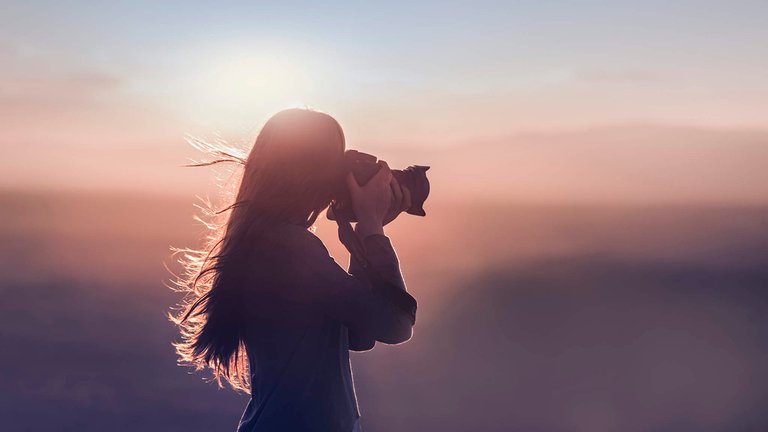
The word photography comes from the Greek, and means ‘writing with light’. Men have known since the Renaissance that if a dark room has a tiny hole in one wall, light coming through the hole casts an upside-down image on the opposite wall. Around the middle of the 16th century a lens was substituted for the pin-hole, making a more brilliant image, and eventually in the 18th century the first camera was made. This was a box with a hole at one end, and at the other a ground glass screen on which an image could be seen from outside the box.

Modern photography, however, was not born till the 19th century, when someone had the idea of fixing the image permanently with chemicals. In fact, several people worked towards this without realising that they were not alone in their discoveries. The Frenchman Louis Daguerre (1789-1851) made his process public in 1839, and the word photography was first used in the same year, but by an Englishman, John Herschel (1792-1871).

In 1844 Herschel’s friend, Henry Fox Talbot (1800-77), published a book called Pencil of Nature with photographic illustrations. Gradually, throughout the 19th and 20th centuries, photography has been refined until, in its most basic form, it is available to everyone because it is cheap and easy to use.
The ways in which painting and photography have influenced each other are easy to see. Some early photographs, for instance, show strong traces of portrait painters whom the photographers admired. Equally, in the 1860s, Julia Margaret Cameron (1815-79) was making wonderful portrait photographs which must have influenced the painters of the day. But even at this time the place of photography as an art form was not settled. The mass reproduction possibilities of a photograph gave it other powers. A photographic portrait of Abraham Lincoln was made by Mathew Brady and distributed in large numbers for the presidential campaign, and Lincoln later declared, ‘Make no mistake, gentlemen. Brady made me president’.

From the invention of photography came the new medium of film-making, which began very much in the theatrical tradition. Later, creative directors like the Russian, Sergi Eisenstein (1898-1948), showed the possibilities of film as a medium for the artist. Naturally, in both movie and still photography much of the work is purely technical, but as an influence on science, technology and the visual arts photography is of great and evergrowing importance.
LINKS TO IMAGES:
http://thevoiceslu.com/category/photography/
http://www.hull-folk.co.uk/category/photography/
http://fixthephoto.com/blog/tech-tips/best-camera-for-amateur-photographer.html